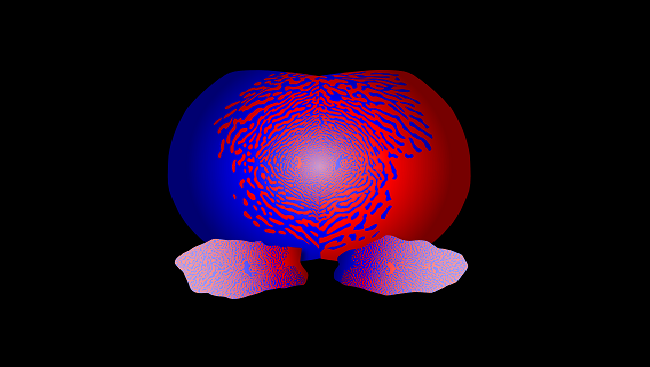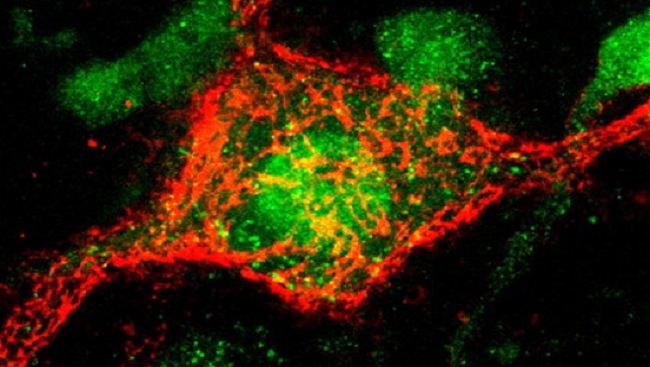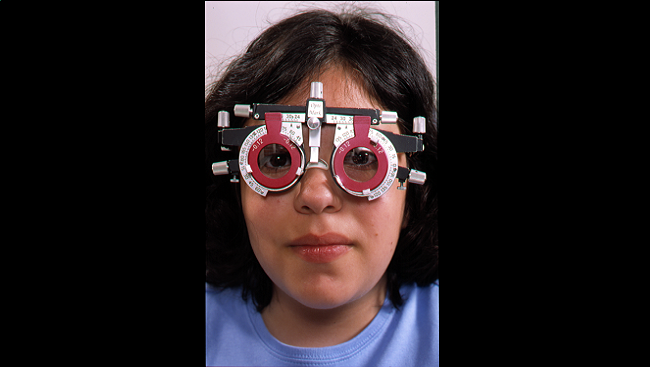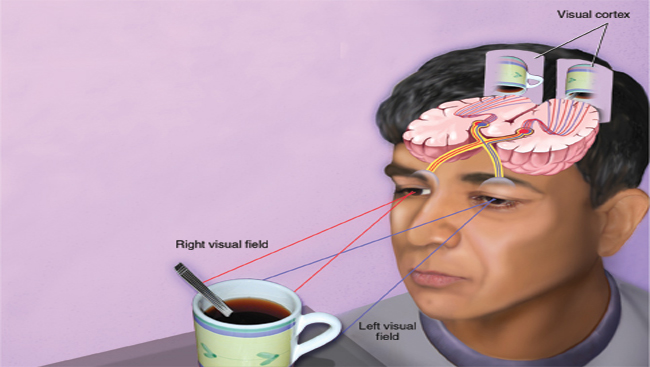Critical Periods
- Published24 Jul 2012
- Reviewed24 Jul 2012
- Author Jennifer Carr
- Source BrainFacts/SfN
Research shows early childhood is marked by critical periods — times when the brain is intensely adaptable to new sights, sounds, tastes, and touches. But what if something in early life interferes with the ability to take in sensory information?
Decades of research show the brain may then undergo changes that could permanently alter future functionality. However, recent studies suggest it may be possible to extend critical periods, perhaps one day offering treatment options for people who are deprived of early sensory input or experience brain injury later in life.
Importance of Visual Stimulation During Development
People have always been fascinated by the remarkable speed at which children soak in information early in life. But in the mid-1900s scientists began to recognize that being deprived of certain experiences at an early age compromises brain development and function.
At the time, physicians were growing increasingly frustrated by the limited success corrective surgery had for some children with vision problems. For example, doctors who performed surgery on children older than age 8 who were born with cataracts — a condition where the eye’s lens becomes cloudy, distorting vision — often found the children continued to experience vision problems throughout life. But, infants with cataracts who received the identical surgery were able to see much better. The differences in patient outcomes suggested receiving sensory information early in life was important to healthy visual development.
Blocking Eye Rewires Brain
In the 1960s, scientists David Hubel and Torsten Wiesel asked: How does the brain develop if vision is temporarily blocked? To answer, they surgically closed one eye of newborn kittens shortly after birth. When reopened a few months later, the eye appeared normal but most of the nerve cells in the kittens’ visual cortex no longer responded to the deprived eye, and later work showed that kittens never regained the ability to see normally. In contrast, vision was unaffected in adult cats that underwent the same procedure.
Based on earlier research, Hubel and Wiesel knew the brain is wired to integrate visual input from two eyes in order to offer a single, unified view of the world. But their studies found visual deprivation of one eye early in life led to a physical rewiring of the brain. In the affected kittens, connections between the deprived eye and parts of the brain withered, while connections between the good eye and brain became stronger.
These findings showed the importance of critical periods — developmental stages when stimulation actively shapes the brain — to proper development and long-term function. Hubel and Wiesel received the 1981 Nobel Prize in Physiology or Medicine, in part, for this research.
Identifying factors that influence critical periods
Bombarded with sensory information, the developing brain works to sort relevant from irrelevant details as it begins to make sense of the world. It does so by forming new connections (or strengthening existing ones) between some cells and pruning the connections between others — a process termed synaptic plasticity. Increased plasticity is a hallmark of critical periods. As the brain ages, however, it becomes less “plastic,” or easily modifiable, marking the closure of critical periods. While this decrease in plasticity is a key step toward the maturation of communication networks in the nervous system, researchers realized it might be possible to reopen critical period windows to improve sensory development in people who experienced early sensory deprivation.
Turning Critical Periods On, Off
Hubel and Weisel’s research inspired a generation of scientists to study the cat visual system. However, in the 1990s, many researchers switched to studying mice, where they could more easily study how specific genes and molecules influence plasticity. Similar to cats, visual deprivation of mice during the first few weeks of life led to rewiring in the brain in favor of the good eye, and blindness in the deprived eye.
These mouse studies identified several factors that influence the opening and closing of critical period windows. Researchers discovered that GABA — a chemical important for nerve cell communication — triggers the onset of critical periods. Suppressing GABA production in the visual cortex of young mice deprived of visual stimulation protected them from blindness. This finding suggests that by manipulating GABA, scientists can delay the onset of the critical period for vision.
Other studies revealed several factors that facilitate plasticity and others that act as brakes to slow or stop plasticity, such as the buildup of sugar-rich proteins called perineuronal nets around cells. In one study, injecting a net-dissolving enzyme into the visual cortex of adult mice opened a second visual system critical period window, reversing the long-term effects of visual deprivation in early life.
Researchers hope such animal studies will ultimately lead to the development of new therapies capable of extending or recreating critical periods in people.
Better Diagnosis and Earlier Treatment
After decades of research, scientists now believe there is no singular critical period, but instead a symphony of plasticity bursts in various regions of the brain at different times during development. Many scientists suspect that the coordination of this timing is important to the development of complex cognitive functions people often perform with ease. The development of the visual system remains the most intensely studied and well-defined example of a critical period to date. However, there is increasing interest in critical periods in the development of hearing and language, as well as other brain functions.
Today, scientists remain driven by the promise of critical period research. However, they caution there remains much to learn about the role of these plasticity windows in human development. While studies show depriving the brain of sensory input during critical periods has negative consequences in humans as it does in animals, there is little evidence of a benefit from extra stimulation beyond that available to children developing in normal environments.
Basic Science Prompts Clinical Change
The awareness of the life-long impact of sensory deprivation during early development has led to direct changes in clinical practice, thanks in large part to the efforts of Hubel and Wiesel. Although human critical periods for vision and hearing last years, as opposed to the much shorter plasticity windows in mice and cats, medical professionals now test, diagnose, and treat children with vision and hearing disorders much earlier in life. This has had major benefits for treating disorders like amblyopia (sometimes called “lazy eye”) and childhood cataracts.
In the future, the identification of molecules in the brain responsible for turning critical periods on and off might lead to new treatments for adults with vision and hearing deficits. Additionally, the ability to trigger new plasticity windows could potentially improve treatment outcomes following stroke or other brain injuries once thought to permanently damage the brain. Targeting drugs that promote plasticity to damaged regions of the adult brain could one day help the brain lay down new connections between cells more easily, and improve the speed of recovery.
CONTENT PROVIDED BY
BrainFacts/SfN
Also In Archives
Trending
Popular articles on BrainFacts.org






















